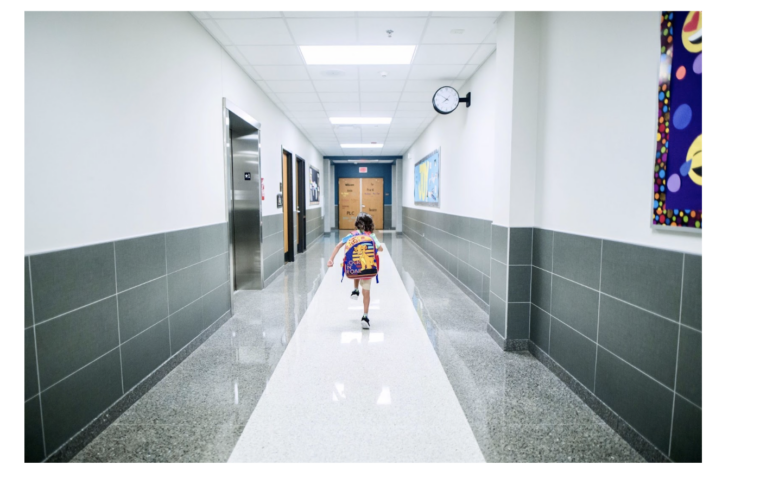Finding The Right Fit: Exploring Alternative Education Options For Children With ASD
https://www.pexels.com/photo/boy-running-in-the-hallway-3042432/
Navigating the educational landscape can be challenging for any parent, but for those raising children with Autism Spectrum Disorder (ASD), the journey can be even more complex. Traditional education settings often cater to a neurotypical learning style, leaving children with ASD to adapt to a system that may not fully understand or accommodate their unique needs. Therefore, it’s essential to explore alternative education options that better suit the individualized learning needs of children with ASD. You can also have them referred at digital autism therapy. It will help them a lot in improving their condition and bringing their life to a more positive way.
Two prominent options worth considering are in-home schooling and Applied Behavior Analysis (ABA) therapy.
In-Home Schooling
High on the list of steps for parents of children who are on the spectrum is autism testing. Many schools are not equipped to offer testing or diagnosis. That’s where in-home education comes in.
Homeschooling allows parents to customize an educational plan that suits their child’s specific learning style, interests, and pace. For children with ASD, this individualized approach can be particularly beneficial.
The advantages of in-home schooling include:
- Individualized Instruction: The ability to tailor lessons to your child’s unique learning style can lead to improved understanding and retention of information.
- Flexible Schedule: Homeschooling provides the flexibility to work around the child’s optimal times of day for learning and any therapies they might be attending.
- Comfortable Environment: For children with ASD, familiar environments often provide the least amount of stress, helping them focus better on learning.
- Controlled Social Interaction: Parents can manage their child’s social interactions more effectively, allowing for teachable moments in a more controlled environment.
Applied Behavior Analysis (ABA) Therapy
ABA therapy is a type of therapy based on the science of learning and behavior. It helps improve specific behaviors and skills in children with ASD and can be conducted at home, in schools, and in the community.
Benefits of ABA Therapy include:
- Improved Communication Skills: ABA therapy can help children with ASD improve their communication skills, which are often a significant challenge.
- Behavior Management: ABA therapy can help reduce challenging behaviors often associated with ASD, such as self-harm or aggression.
- Social Skills Training: ABA therapy offers the opportunity to work on social skills in various settings, making the child more comfortable in social situations.
- Parental Involvement: Parents play an active role in ABA therapy, learning strategies to help their child continue to make progress in the home environment.
It’s important to remember that each child with ASD is unique. What works for one child may not work for another, and the best approach often involves a combination of strategies.
A Combined Approach
In many cases, a combination of in-home schooling and ABA therapy can be the most effective approach. Homeschooling provides the structure and curriculum tailored to the child’s learning style, while ABA therapy focuses on improving behavioral, social, and communication skills.
The goal of combining these strategies is to provide a comprehensive, individualized education plan for your child with ASD.
Conclusion
Choosing the right educational path for a child with ASD is a significant decision. It requires careful consideration of the child’s unique needs, strengths, interests, and challenges. While traditional schooling may be the right choice for some, it’s worth exploring alternative options such as in-home schooling and ABA therapy. A blend of these approaches may just provide the optimal learning environment for your child, ensuring they not only succeed in their education but also develop valuable life skills.
Always remember, it’s not about fitting your child into an existing system, but finding or creating a system that fits your child. The goal is not just to educate, but to enable your child to thrive, grow, and lead a fulfilling life.

